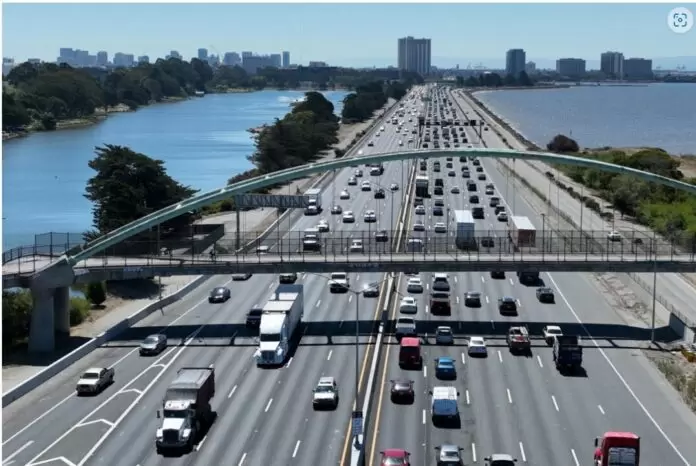A noted Canadian professor and public policy commentator says the global plan to reach net zero emissions by 2050 is “unrealistic,” and Canada and other countries are “highly unlikely” to accomplish the transition by that date.
Mr. Smil said the plan faces problems due to the cost of changing infrastructure and increasing mining for resources, as well as the need for Western countries to cover the price of helping low-income countries build new energy infrastructure.
Mr. Smil said global consumption of fossil fuels increased 55 percent between 1997 and 2023, raising the question of how to transition away.
“The current energy networks are complex, their establishment and operation require constant maintenance and upgrading, and their costs are considerable, yet they are only one of many parts that make up the vastly more complex global energy system. That is why global energy transitions are complicated, multifaceted, protracted, and in their details rather unpredictable,” he wrote.
Electric Vehicles
Mr. Smil also criticized Ottawa’s push for more electric vehicles (EVs) on the roads as a contribution toward Canada’s net-zero emissions goals.
Ottawa says that by 2026, 20 percent of new light-duty vehicles will be ZEV, increasing to 60 percent by 2030 and 100 percent by 2035.
However, a hurdle to switching to electric vehicles is the resources needed. Mr. Smil said the government’s plan would require 40 times more lithium and up to 25 times more cobalt, nickel, and graphite, adding to the cost as well as raising a question of practicality.
Political Divide
The emissions reduction issue has caused division between the federal government and some provinces, including Alberta and Saskatchewan.
Alberta Premier Danielle Smith has said that Ottawa’s oil and gas cap plan will end up in the Supreme Court of Canada.
Saskatchewan’s Scott Moe said the federal government’s regulations would have serious economic consequences.
Both provinces have said that Ottawa is overstepping with its net-zero policies, and both have enacted legislation to confirm their autonomy and jurisdiction.
